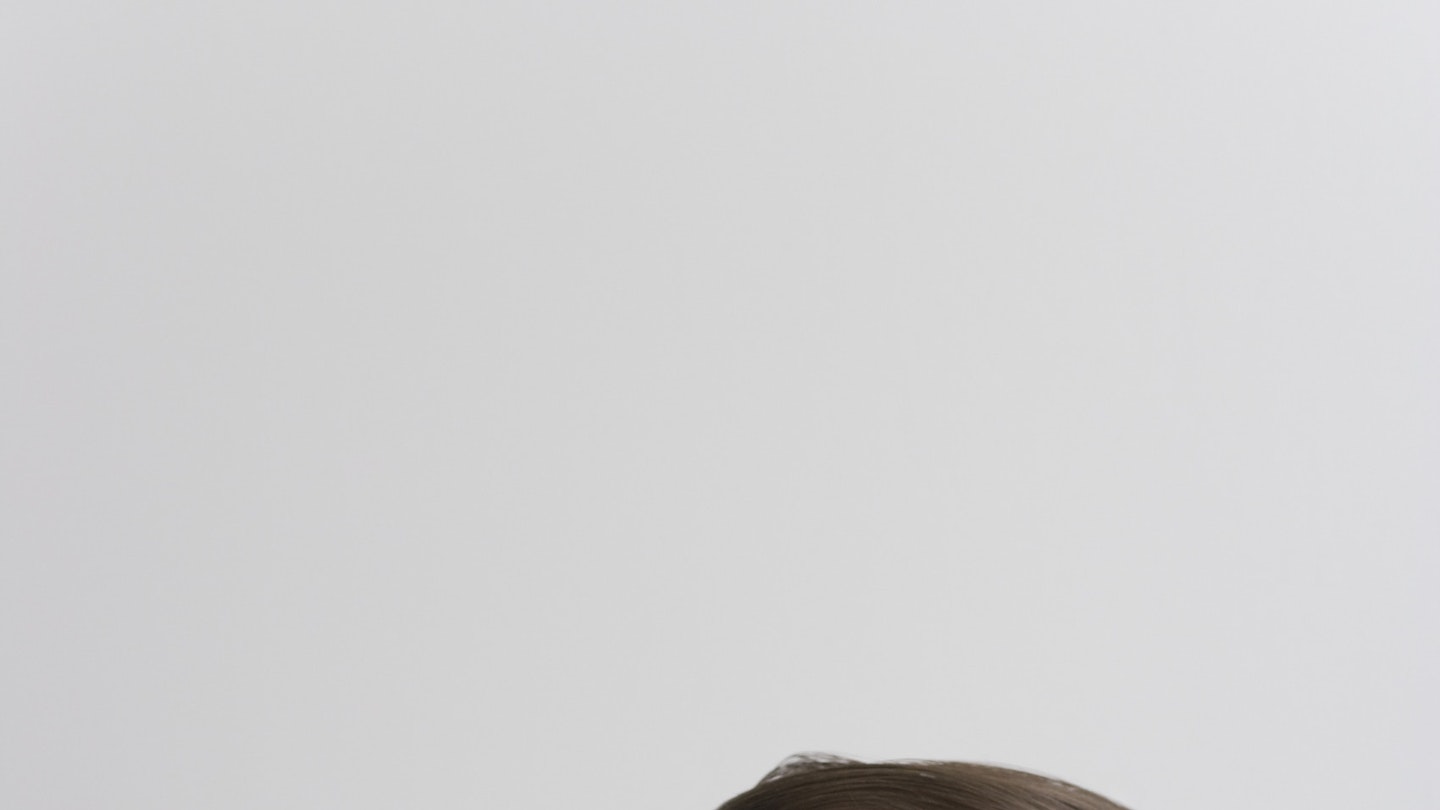Understand how much fluid your child needs – and how to cope when he’s not getting enough
It’s important your baby or toddler keeps up his fluid intake, especially when the weather’s warm or he’s unwell with diarrhoea or sickness.
And while it’s generally easy enough to work out when you need to up the amount of water you’re drinking, dehydration can be harder to spot in a little one.
So, wise up on what to look out for and how to deal with it.
Symptoms of dehydration
With mild dehydration, think about the things you notice when you haven’t drunk enough – so going to the toilet less and your wee being darker when you do.
‘That’d be the case with a potty-trained child, while a baby may have fewer wet nappies,’ says GP Philippa Kaye, author of Baby & Child Health: Everything you need to know (£12.99, DK).
Think about the things you notice when you haven’t drunk enough – so going to the toilet less and your wee being darker when you do
‘His lips and mouth can start to look dry, he’ll be thirsty, and also produce fewer tears or have eyes that look sunken.’
And if the dehydration is more serious? Look out for him becoming floppy and even stopping drinking.
‘In babies, the fontanelle (soft spot) on the top of the head can become sunken, and as the dehydration gets more severe he can become more unwell with a rapid pulse and shallow breathing,’ explains Philippa.
How to deal with it
Breast milk is great for rehydration, and you can also give your child Dioralyte if he's older than three months, which is basically a sachet of rehydration salts that you drink with water. It’s available over the counter.
‘If your child is vomiting then give small sips of fluid every few minutes, as he may not be able to manage a cup in one go,’ says Philippa.
‘In this case, we often recommend using a baby syringe (these help with medicine, too) with little ones and giving 5mls of fluid every five minutes. If he can tolerate that after an hour or so, try increasing the amount.’
If you’re at all concerned, your child seems more unwell, sleepy or lethargic, or he hasn’t done a wee in six hours, get medical help.
Ways to prevent dehydration
Make sure your baby or toddler gets enough to drink, especially when he has a fever or tummy bug.
‘In general, a toddler tends to need about 1.3litres of fluid each day (around five cups) which includes milk, water and any in cooking and food,’ says Philippa.
Make sure you always have a sippy cup when you go out or your child’s playing, so he drinks what he needs. And make water fun for your toddler with coloured cups and straws.
Popular articles to read next
